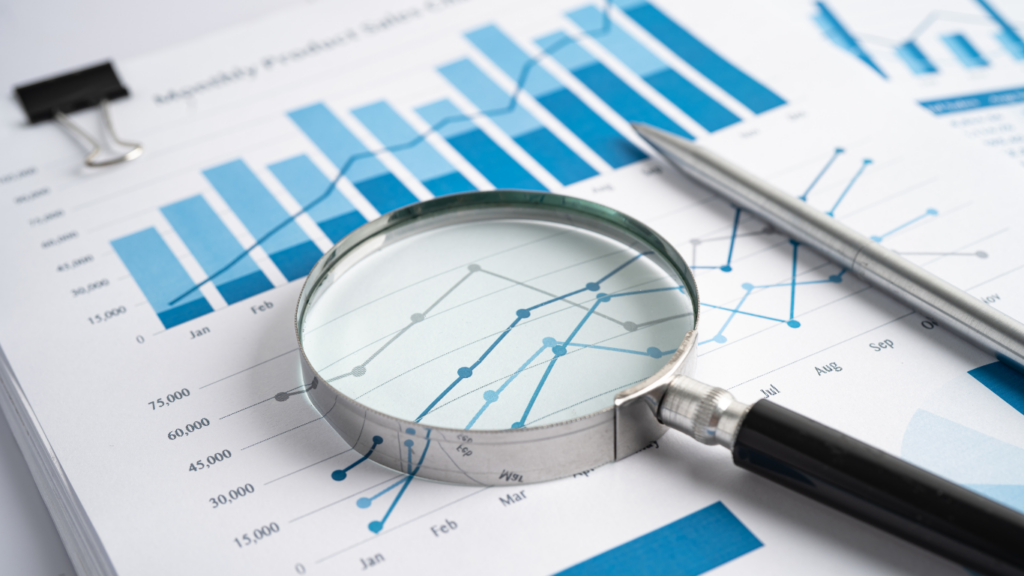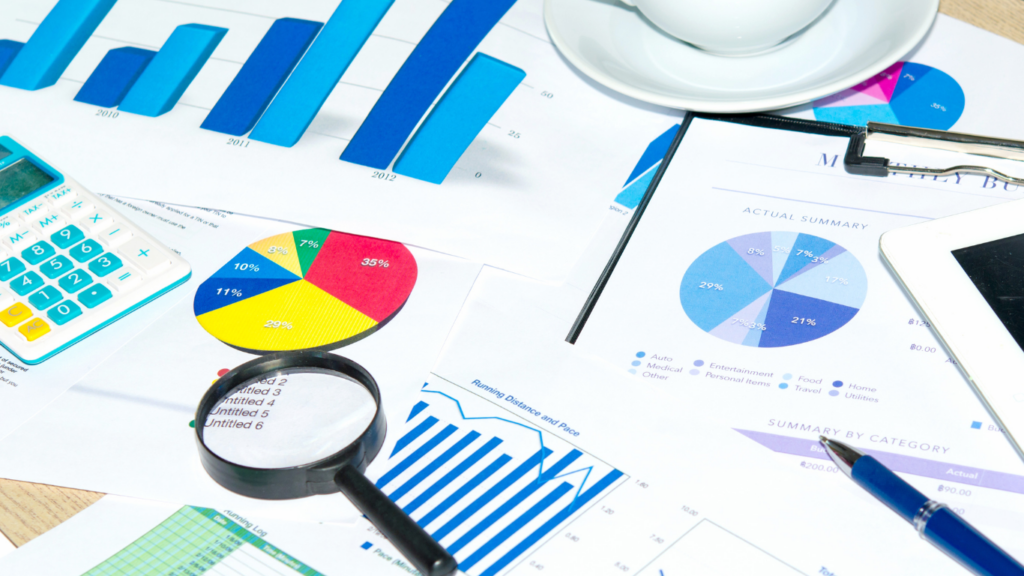Understanding Economic Indicators
Economic indicators offer critical insights into a nation’s financial health, acting as navigational tools for investors. By analyzing these metrics, I can gauge the economy’s direction and tailor my investment strategies accordingly.
Definition and Importance
Economic indicators are statistical metrics reflecting key aspects of an economy’s performance. These include GDP, unemployment rates, and inflation levels. Monitoring these indicators is vital, as they provide a clearer picture of economic conditions, informing investment decisions. By focusing on such data, I identify trends and determine market viability, minimizing risks and maximizing potential gains.
Types of Economic Indicators
Economic indicators fall into three categories, each offering distinct insights:
- Leading Indicators: Predict future economic activity. Examples include stock market returns and new business orders, which hint at upcoming shifts in economic momentum.
- Lagging Indicators: Reflect past economic performance. Unemployment rates and corporate profits serve as examples, offering a retrospective view to confirm ongoing trends.
- Coincident Indicators: Align with the current state of the economy. Metrics like GDP and employment figures provide real-time insights, directly correlating with business cycles.
Understanding and differentiating these types enables me to craft tailored investment strategies based on both prospective and historical data.
Key Economic Indicators in Focus

Economic indicators guide investors in making strategic choices. By examining statistics like:
- GDP
- unemployment
- inflation
I can navigate investment landscapes with informed decisions.
GDP and Its Influence on Investment
Gross Domestic Product (GDP) reflects a nation’s economic health, influencing investment decisions. A growing GDP indicates economic expansion, which attracts investments as businesses thrive and consumer spending increases. Conversely, a declining GDP signals contraction, prompting cautious investment approaches. In 2022, global GDP grew by 2.9%, demonstrating moderate economic progress, according to the World Bank.
Unemployment Rates and Market Predictions
Unemployment rates serve as a vital indicator of labor market strength. When unemployment is low, consumer spending often rises due to increased disposable income, making markets more attractive for investment. Alternatively, high unemployment suggests economic distress and reduced spending power, signaling potential market downturns. In September 2023, the US recorded an unemployment rate of 3.8% as reported by the Bureau of Labor Statistics, reflecting a relatively stable job market.
Inflation Rates and Their Impact on Returns
Inflation rates impact investment returns by eroding purchasing power. Investors analyze inflation to assess whether returns will maintain or increase their investment’s value in real terms. High inflation usually prompts central banks to raise interest rates, affecting bond yields and stock valuations. In the first quarter of 2023, the US inflation rate hovered around 5%, testing investors’ abilities to strategically adjust portfolios for sustained growth.



